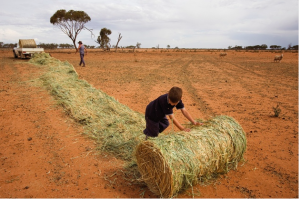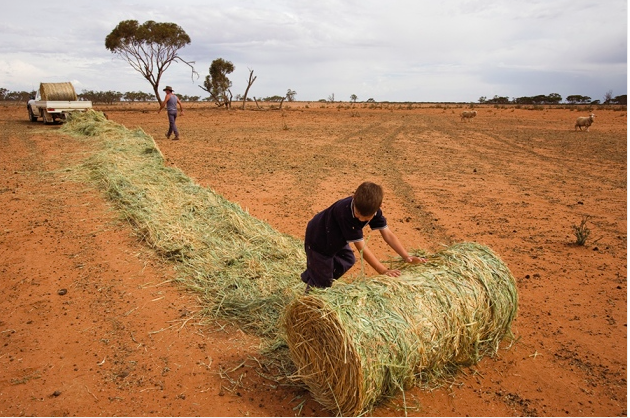
It was a spring day in April 2004 when Qiang Fu first noticed the anomoly in the data. On either side of the equator – in a belt strecthing from 15 to 45 degrees latitude – the lower atmosphere was warming more than anywhere else on the planet. Fu, a professor at the University of Washington in Seattle, was stumped.
It wasn’t until a year later that Fu realized what he had discovered: evidence of a rapid expansion of the tropics, the region that encircles Earth’s waist like a green belt. The heart of the tropics is lush, but the northern and southern edges are dry. And these parched borders are growing — expanding into the subtropics and pushing them toward the poles.
The expansion of the tropics is the subject of my latest feature, which appears in a recently published edition of Nature. You can read the full feature online at Nature.com: http://www.nature.com/news/the-mystery-of-the-expanding-tropics-1.19271 (behind a paywall). But here, I’ll give you a taste of what it’s about.
In the past ten years – since Fu first published his discovery in the journal Science – scientists have been turned their attention to this subject in a big way – there have been lots of scientific papers, theories and measurements – yet it’s had surprisingly little coverage by the media.
I’d thought about writing on this topic for a while and the time seemed right when I noticed that a bunch of 50 or so scientists were meeting last summer in New Mexico to trash this topic out. The meeting itself wasn’t open to the media, which was unfortunate, but I‘ve since managed to talk to a lot of the people who gathered for five days in that hot conference room in Santa Fe last summer.
I wanted to know answers to the same questions as those scientists, and those conversations would form the basis of my article. I’ve been writing about climate change for more than ten years now, and so I’m used to a lot of uncertainty in science. It was good preparation for writing this piece! On tropical expansion, still so many questions remain unanswered, such as how fast is it happening, what’s causing it and where are the future boundaries of the tropics likely to be? And importantly, why should we care?
Well, you’ll have to read the feature to get an answer to all of those questions, but I’ll answer a couple of them for you here.
How fast is it happening? Estimates range from less than half a degree of latitude per decade to several degrees of latitude per decade over the last few decades. At the more extreme end, that’s like moving London to the latitude of Rome over the course of a century. Pretty big deal. But it’s worth pointing out that some of the more recent estimates have been more moderate; they’re still bad news for cities such as San Diego, though, that would experience a big impact even with a one degree latitude shift in the edge of the tropics.
As to why we should care, well there are lots of reasons: aside from the potential water crisis for major cities such as San Diego, Perth and Santiago. tropical expansion could wreak havoc for some of the world’s most fertile fishing grounds, global grain production could shrink and biodiversity, especially at the southern tips of the African and Australian continents, (and they are astoundingly diverse) will suffer.
Now, if you’re interested in geeking out on all the details (and, in my view, reading the real story, which is about what is happening way up in the atmosphere near the Equator), check out the full story on Nature: http://www.nature.com/news/the-mystery-of-the-expanding-tropics-1.19271
author: Olive Heffernan (@O_Heffernan)
image: Amy Toensing/National Geographic Creative

